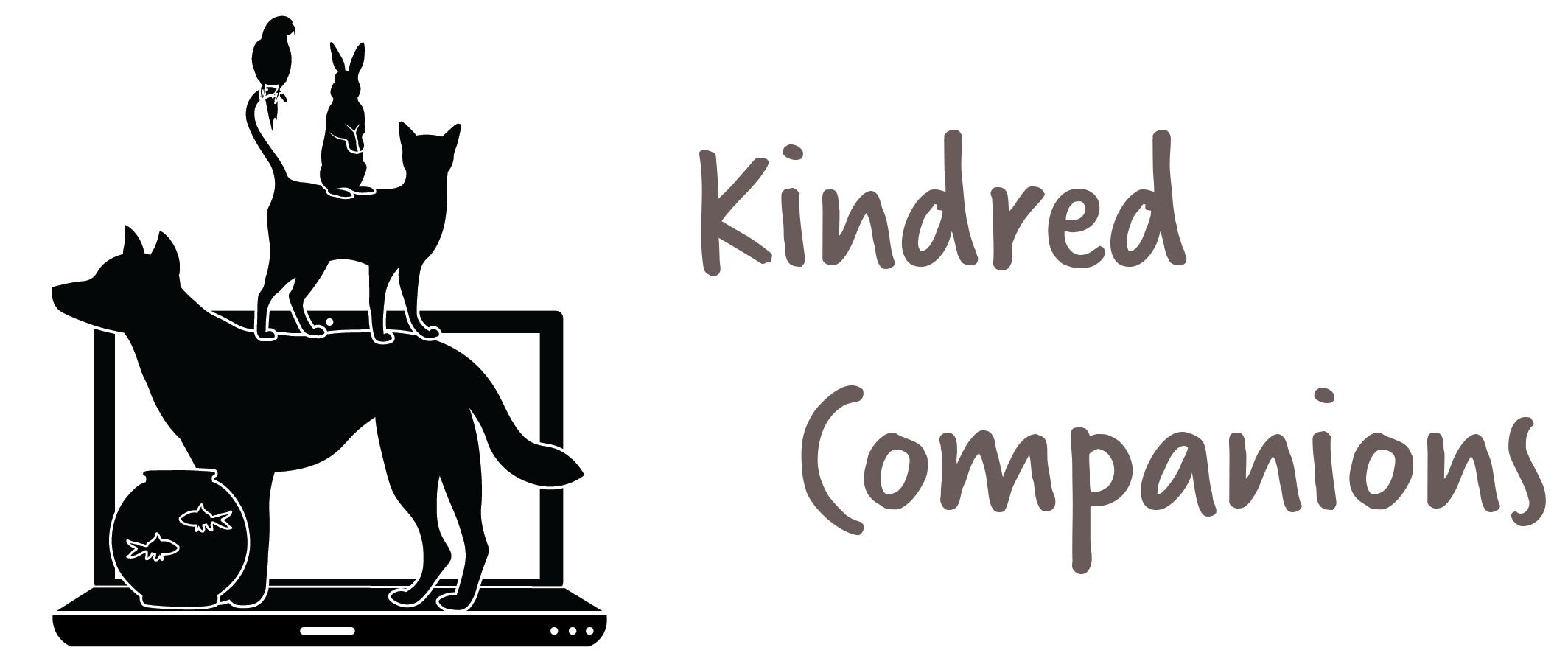A primitive guardian: The Central Asian Shepherd
Have you ever heard of a Central Asian Shepherd?
by Tori Peterson - Dog Trainer for Kindred Companions
ORIGIN
Gibbs shows one of the styles of Central Asians
Many haven’t heard of this fascinating breed, but I’m lucky enough to say that I have a 3-year-old named Nikita. Central Asian Shepherds are one of the oldest primitive dog breeds, dated back to 4,000-5,000 years ago using artifacts. They originated from Kazakhstan, Turkmenistan, Uzbekistan, and surrounding areas. These dogs were not bred through artificial selection but through their ability to survive the harsh conditions in which they were exposed. In those areas they are known as Central Asian Ovtcharkas. The word "ovtcharka" just means sheepdog or mongrel and is applied to many types of dogs from this region. They came to America after the dissolution of the USSR, and were classified as Central Asian Shepherd. Central Asians were used by nomadic traders to protect themselves and their livestock from predators such as bears and wolves. These dogs would travel through deserts to snowy mountainous areas and are able to withstand harsh conditions.
APPEARANCE
Nikita sports the shepherd's crop
Due to the nomadic heritage of this breed, there are many different types which reflect the region that they originated in. These types each come with different body styles with differences in size, coat length, head shape, and temperament. Males and females in this breed vary greatly in size. Males weigh 100-150lbs, if not larger, whereas females are 80-110lbs. Males stand between 26-32 inches and females 24-27 inches. Despite their size, these dogs are very athletic, powerful and have a lot of stamina. They come in a variety of colors such as white, black, red, grey, brindle, fawn, and piebald. They are usually docked and cropped with a shepherd’s crop, which goes back to the belief that the predator wouldn’t be able to grab onto an ear or tail while the dog was protecting. These dogs also carry a thick dewlap around their neck which gave some protection against predators.
HERDING VS. GUARDIAN
Contrary to the name, this is a mastiff type dog (molossers), used for watching over estates and protecting livestock from predators, rather than herding livestock like breeds such as the Australian Shepherd. The difference in type is highlighted by their personalities as well. Central Asians are a calm breed that is happy to lounge around with their livestock until a predator shows up. Then they prove their ability to be agile by scaring off the predator. On the other hand, Australian Shepherds are a smaller, high energy breed that is focused on moving livestock from one place to another.
TEMPERAMENT
Bauer, an imported male, shows a different style head and coat than Gibbs.
Central Asians develop a strong bond with their families and are usually great with children and elderly family members. When raised with other family pets or livestock they tend to do really well with them. My CAS Nikita walks around the backyard with free-range chickens and rabbits that are exercising. Many still use this breed as livestock guardians to watch over various types of livestock in places that have high predator populations. Central Asians tend to be wary of strangers and other animals that approach them. They are stable and calculated about what they perceive as a threat, and act accordingly. However, they still must be heavily socialized with as many positive associations as they can get while they are puppies so that they can adapt to a suburban lifestyle with ease.
TRAINING
Central Asians are not for a novice dog owner as they are independent which can make training a bit challenging. This sensitive breed thinks before they act and would rather be asked to do something rather than told. This means that training methods focusing primarily on compulsion won’t be useful, but rather just hurt the bond between the dog and handler. They do well with lots of patience, praise, food, and a sense of humor. With adequate training this breed is extremely versatile and participate in many different sports and activities such as rally, barn hunt, and even therapy work!
Ziva is the #1 UKC Central Asian Shepherd
A huge thank you to Bob and Sue for allowing me to use pictures of their gorgeous dogs in this post. Check out their website at: empirestatecas.com
Interested in training with Tori? Tori is available for pet manners and problem solving, as well as conditioning and wellness advice. You can reach her through our Contact Us page.




